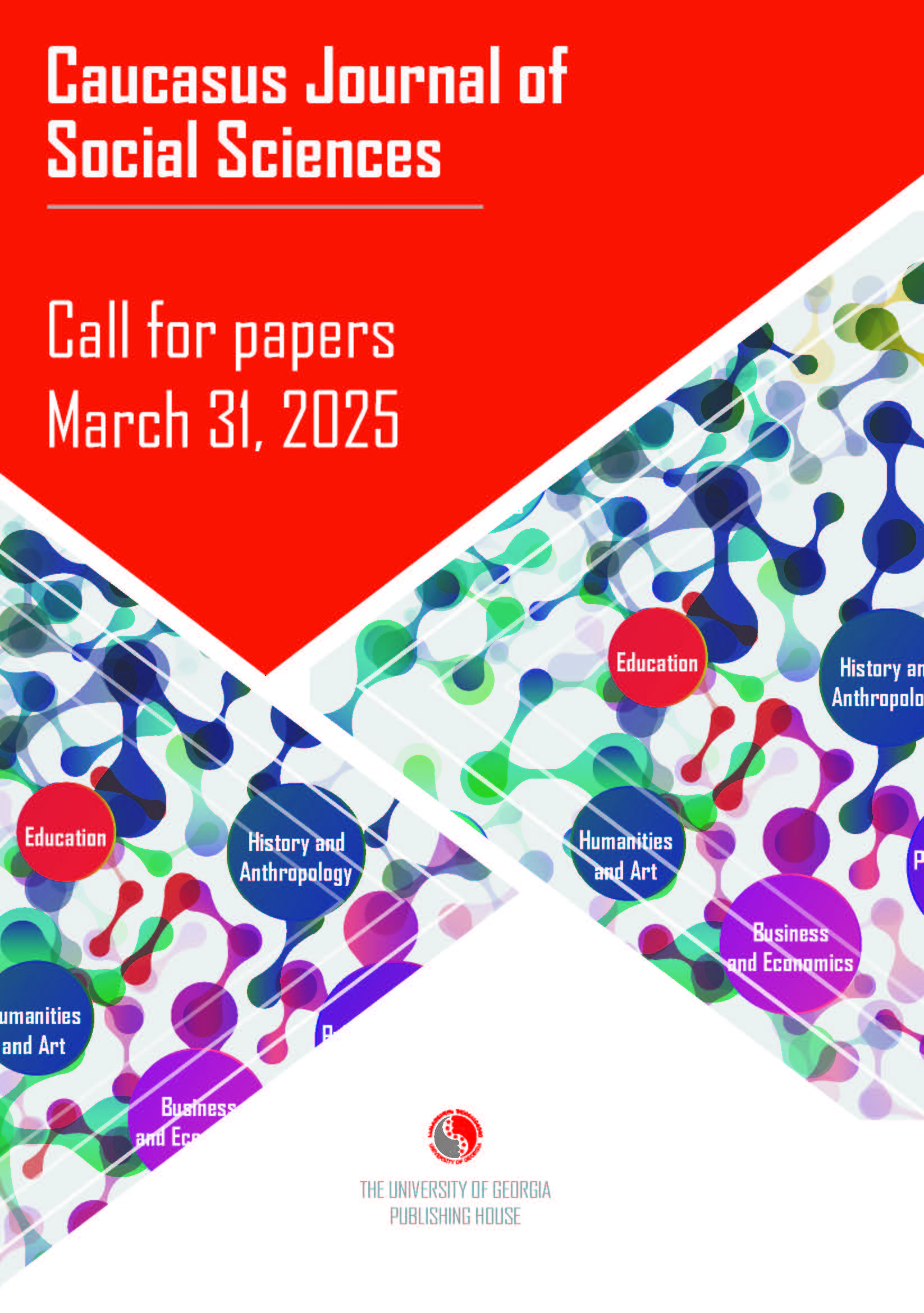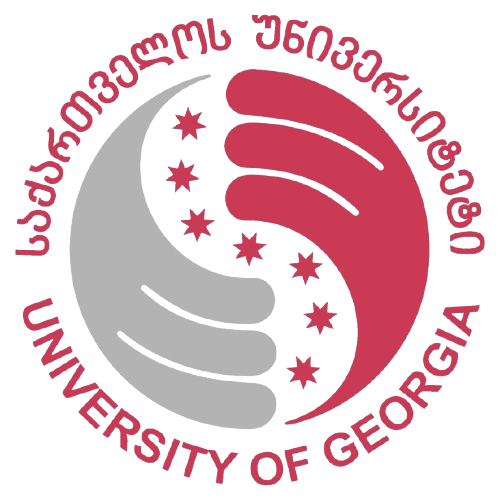Georgian Historical Realities in Julier Chevalier’s Noah’s Grandchildren
DOI:
https://doi.org/10.62343/cjss.2016.162Keywords:
novel, literature, Julier Chevalier, Noah’s Grand-children, American writer, GeorgiaAbstract
The novel Noah’s Grandchildren by Julier Chevalier, an American writer of the first part of 20th century, has made an outstanding contribution not only in the field of literature, but in history as well. The novel, however, by far, surpasses many well-known facts taken from the history of Georgia and brings attention to the legends of important historical value. On account of the novel not being translated, it has hardly ever been accessible to people who have deep interest in it. Noah’s Grandchildren has remained inaccessible not only to the masses of Georgian readers but it has missed the attention of specialists too.
In the novel, the action takes place at the beginning of 20th century. The novel depicts the major economic-political events and the reality of the Democratic Republic of Georgia. To a certain extent Georgia fights its way against Soviet Russia, which ends in annexation of the country by Russian invaders. Furthermore, it leads to the emigration of the government of Democratic Republic of Georgia.
The American writer narrates impressive episodes from the history of our country (the Christianization of Georgians by St. Nino, the origination of the Georgian alphabet, etc). The descriptions of the living conditions of Georgians and their ethnographic traditions are given specific significance here.
Downloads
Published
How to Cite
Issue
Section
License
Copyright (c) 2023 Otari Nikoleishvili

This work is licensed under a Creative Commons Attribution 4.0 International License.
In case an article is accepted for publication it is allowed to combine the article with other research, to conduct new research on the article, or to make different arrangements on condition that the same license is used including commercial purposes.
As an author of an article published in the Caucasus Journal of Social Sciences, you retain the copyright of your article and you are free to reproduce and disseminate your work.











